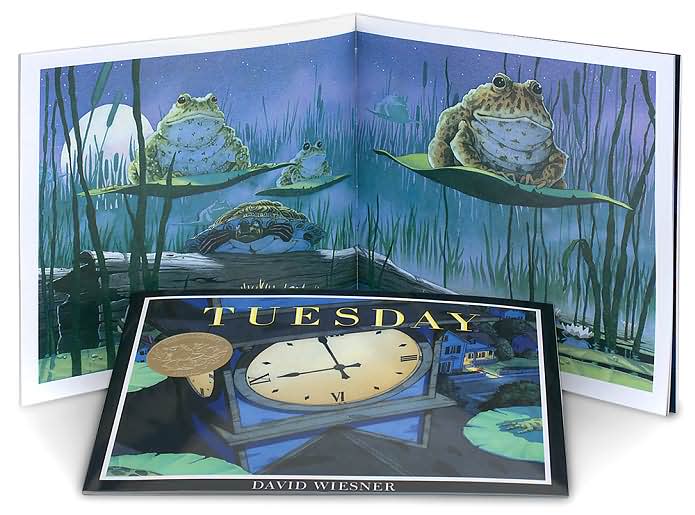Title: The Princess and the Pea
Author: John Chech
Illustrator: Bernhard Oberdieck
Picture book for ages (approximately) 5 and up
Rating: 4 of 5 stars
Summary:
This is a re-telling of Hans Christian Anderson’s classic The Princess and the Pea.
Opinion:
The illustrations in this book are lovely. They are so soft, detailed, and colorful you fall right into the story. The picture of the castle on the stormy night is my favorite. Everything else is so dark and creepy, but the glow from the castle windows shines through and makes it look like such a comforting haven. You immediately understand why the princess would go there for shelter.
Though I do enjoy this classic fairytale, it does have its problems that should be noted from a critical literacy standpoint. There are many issues and questions this story brings up. For instance, why did she have to be a real princess? What makes princesses so special and “common” girls so unwelcome? What is so special about princesses that they can feel a pea through twenty mattresses? Why is this a desirable quality? Why does the man get to choose his bride yet the entire population of women must stand around waiting for a man to come? Why is the princess always blond and white? These questions need to be brought up and considered before stories like this get shown to children as quality literature.
I would definitely use this book in my classroom, on my library shelf, for genre studies, and possibly for a comparative analysis as well. I might have my students look at many different versions of this fairytale and question them from a critical literacy standpoint.









